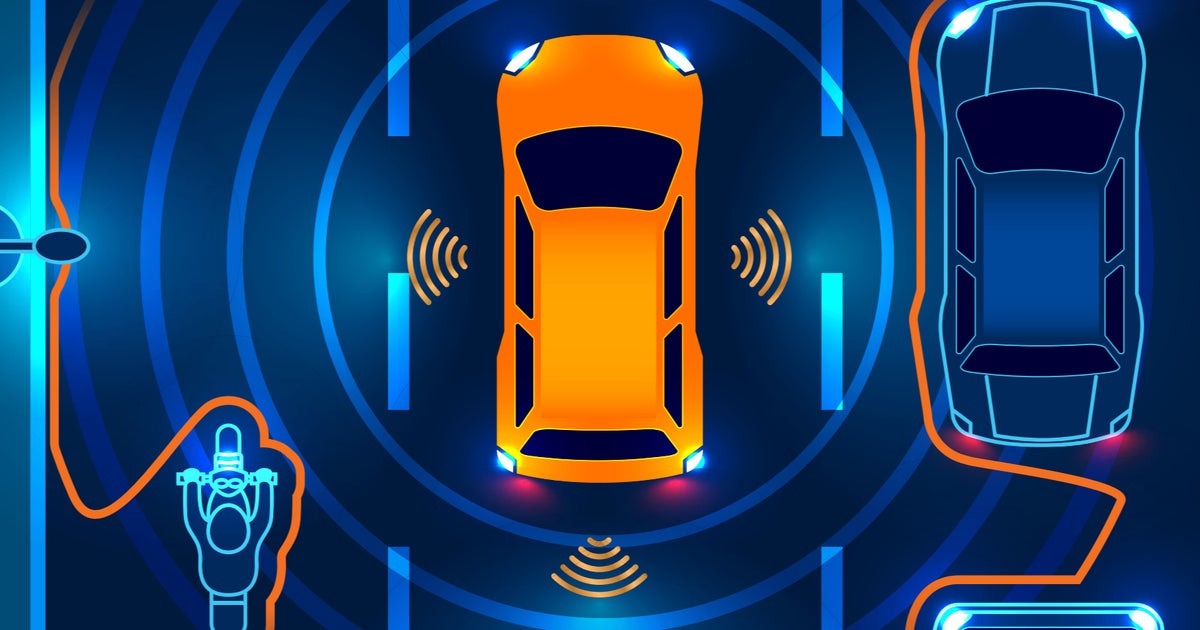Buzz Haven: Your Source for Trending Insights
Stay updated with the latest buzz in news, trends, and lifestyle.
Roads Without Drivers: The Future of Commuting
Discover how driverless cars are revolutionizing commuting and transforming our roads. Are you ready for the future of travel?
How Autonomous Vehicles Will Transform Urban Commuting
The advent of autonomous vehicles (AVs) is set to revolutionize urban commuting by enhancing safety, improving efficiency, and reducing congestion. With the integration of advanced sensors and machine learning algorithms, these self-driving cars promise to decrease traffic accidents caused by human error, which accounts for over 90% of roadway incidents. As urban populations continue to grow, the ability of AVs to communicate with each other and traffic infrastructure will lead to smoother traffic flows, ultimately transforming the way we navigate our cities.
In addition to improving safety and efficiency, autonomous vehicles are expected to reshape commuting habits and urban planning. For instance, the widespread use of AVs could reduce the need for personal car ownership, as shared autonomous fleets become the norm. This shift may lead to a decrease in parking requirements, freeing up valuable urban space for parks, pedestrian paths, and bike lanes. Furthermore, cities can become more pedestrian-friendly as the lower number of cars on the road and improved public transportation options create a more sustainable urban environment.

The Benefits and Challenges of Driverless Roads
Driverless roads present a myriad of benefits that can revolutionize the way we think about transportation. One of the most significant advantages is enhanced safety. According to various studies, human error accounts for a large percentage of traffic accidents, and with autonomous vehicles, that risk could be minimized. Furthermore, driverless roads can lead to increased traffic efficiency and reduced congestion as vehicles communicate with each other and adjust their speeds and routes in real time. Additionally, this technology has the potential to lower transportation costs by decreasing the need for human drivers and reducing fuel consumption through optimized driving patterns.
However, the implementation of driverless roads also poses several challenges that need to be addressed. One of the primary concerns is the legal and regulatory framework required to govern the use of autonomous vehicles. Questions surrounding liability in the event of an accident and privacy issues regarding data collection are paramount. Moreover, there is the challenge of public acceptance; many people are wary of relinquishing control to machines, fearing a lack of human oversight. Lastly, the infrastructure required to support driverless roads is costly and complex, necessitating significant investment and innovation to ensure seamless integration with existing transportation systems.
What Does the Future Hold for Public Transportation with Self-Driving Cars?
The advent of self-driving cars is poised to revolutionize public transportation in unprecedented ways. As these autonomous vehicles become more efficient and widespread, we can expect a shift from traditional public transit systems to a more flexible, on-demand model. For instance, cities may evolve to implement a network of self-driving shuttles that operate alongside existing bus routes, effectively reducing congestion and wait times for commuters. This integration could lead to a new era of mobility where users can summon vehicles via mobile apps, providing a seamless urban travel experience.
Moreover, the rise of self-driving technology could significantly enhance accessibility for non-drivers, elderly populations, and those living in underserved areas. With self-driving cars, public transportation systems can expand their reach, offering service to regions that were previously difficult to access. This could create a more equitable urban landscape where mobility is not restricted by age or physical ability. Consequently, it is essential for city planners and policymakers to embrace these innovations and consider the implications for urban infrastructure, ensuring that future public transportation meets the evolving needs of all citizens.